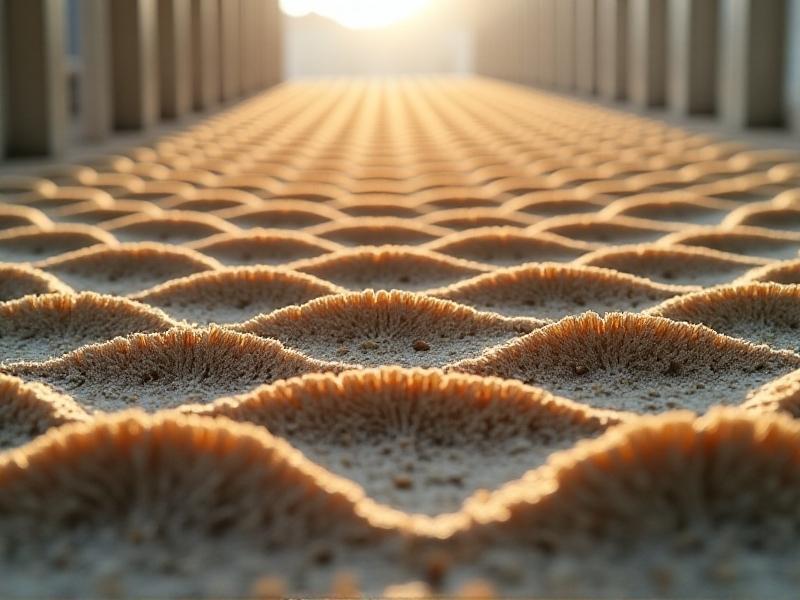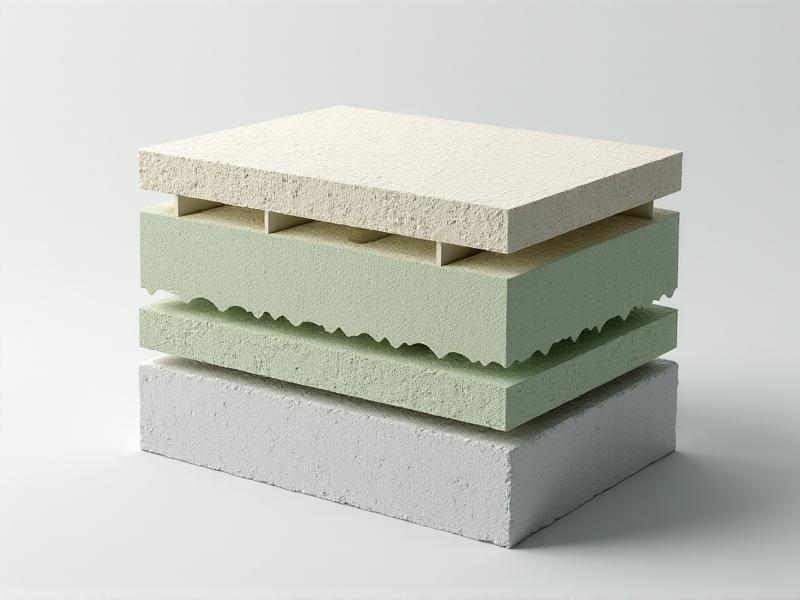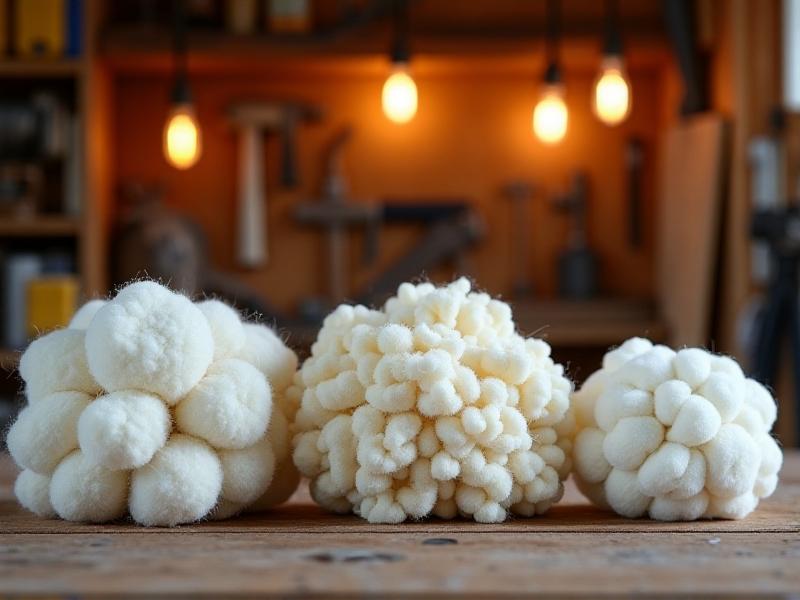Reinforcement Strategies for Non-Structural Mycelium Components
Introduction to Non-Structural Mycelium Components
Non-structural mycelium components are gaining traction in various industries due to their sustainability and versatility. Mycelium, the root structure of fungi, can be cultivated into lightweight, biodegradable materials that serve as alternatives to traditional synthetic products. While structural mycelium applications like building materials have been widely studied, non-structural uses—such as packaging, insulation, and decorative elements—require specific reinforcement strategies to enhance their durability and functionality. This article explores innovative methods to strengthen these components, ensuring they meet the demands of modern applications.
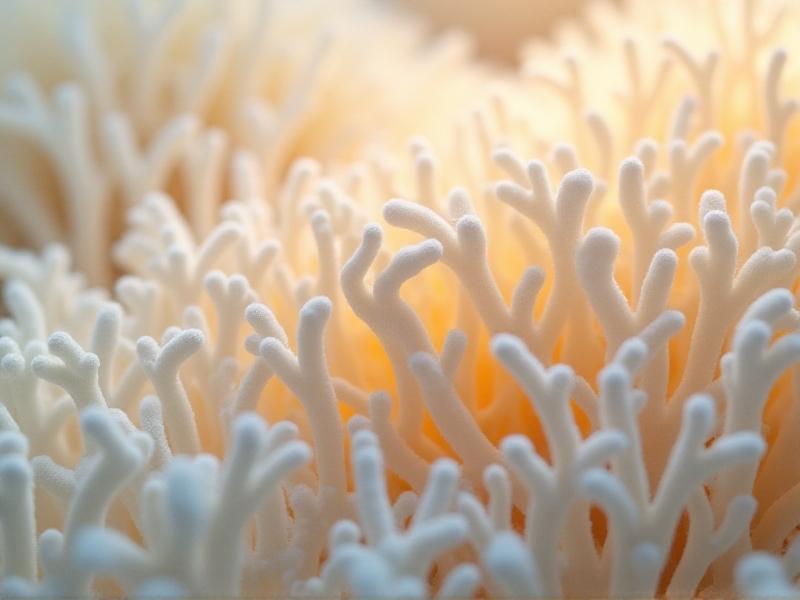
Understanding the Properties of Mycelium
Before diving into reinforcement strategies, it’s essential to understand the inherent properties of mycelium. Mycelium is composed of hyphae, thread-like structures that form a dense network. This network is naturally porous, lightweight, and biodegradable, making it an eco-friendly material. However, its low mechanical strength and susceptibility to moisture and UV degradation pose challenges for non-structural applications. By analyzing these properties, researchers can identify specific areas for improvement and tailor reinforcement techniques accordingly.

Natural Reinforcement Techniques
One approach to strengthening mycelium components is through natural reinforcement techniques. This involves incorporating organic materials like agricultural waste, cellulose fibers, or natural resins into the mycelium matrix. These additives not only enhance mechanical properties but also maintain the material’s biodegradability. For instance, combining mycelium with hemp fibers can improve tensile strength, while adding chitosan—a biopolymer derived from crustacean shells—can increase resistance to moisture. These methods align with the principles of circular economy and sustainable design.
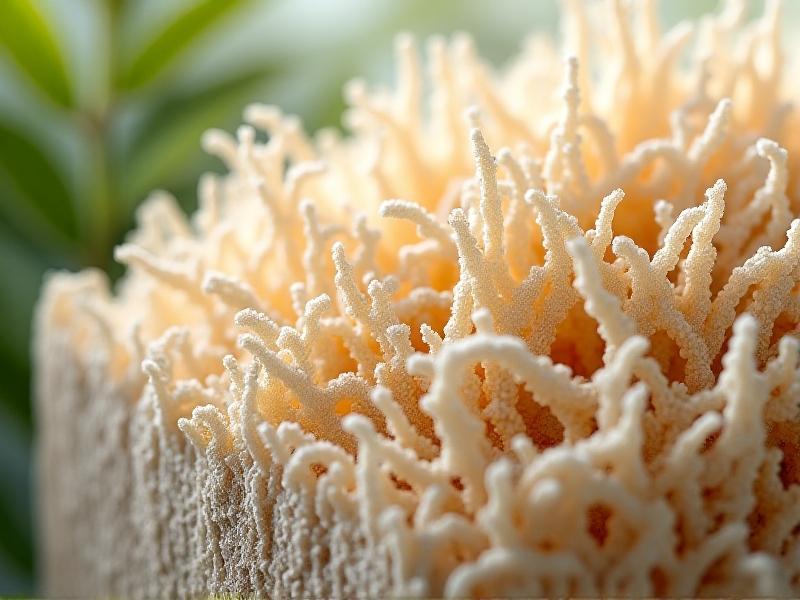
Chemical Treatments for Enhanced Durability
Chemical treatments offer another avenue for reinforcing mycelium components. By applying eco-friendly coatings or cross-linking agents, researchers can improve the material’s resistance to environmental factors. For example, treating mycelium with tannins—natural compounds found in plants—can enhance UV stability, while silica-based coatings can provide water repellency. These treatments must be carefully selected to ensure they do not compromise the material’s biodegradability or introduce harmful chemicals into the environment.
Mechanical Reinforcement Methods
Mechanical reinforcement involves altering the physical structure of mycelium to improve its performance. Techniques such as compression molding, heat pressing, or layering can increase density and strength. For instance, compressing mycelium under high pressure can reduce porosity, resulting in a more robust material. Additionally, combining mycelium with other biodegradable polymers in a layered structure can create composites with enhanced mechanical properties. These methods are particularly useful for applications requiring higher load-bearing capacity.
Hybrid Approaches for Optimal Performance
Hybrid approaches combine multiple reinforcement strategies to achieve optimal performance. For example, integrating natural fibers with chemical treatments can create a material that is both strong and resistant to environmental degradation. Similarly, combining mechanical compression with eco-friendly coatings can enhance durability without sacrificing sustainability. These hybrid methods allow for customization based on specific application requirements, making them highly versatile for industries ranging from packaging to fashion.
Applications of Reinforced Mycelium Components
Reinforced mycelium components are finding applications in diverse fields. In packaging, they offer a sustainable alternative to polystyrene foam, with enhanced strength and moisture resistance. In the fashion industry, mycelium-based leather substitutes are being reinforced to improve durability and flexibility. Additionally, reinforced mycelium is being explored for use in acoustic panels, thermal insulation, and even artistic installations. These applications highlight the material’s potential to replace conventional, less sustainable options.
Challenges and Future Directions
Despite the promising advancements, several challenges remain in the field of reinforced mycelium components. Scaling up production while maintaining consistency and quality is a significant hurdle. Additionally, the long-term performance of these materials under real-world conditions requires further study. Future research should focus on developing cost-effective, scalable reinforcement techniques and exploring new applications. Collaboration between scientists, designers, and industry stakeholders will be crucial in driving innovation and adoption.
Environmental Impact and Sustainability
One of the most compelling aspects of reinforced mycelium components is their positive environmental impact. Unlike synthetic materials, mycelium is fully biodegradable and can be grown using agricultural waste, reducing reliance on fossil fuels. Reinforcement techniques that maintain this sustainability are essential for minimizing the ecological footprint of these materials. By prioritizing renewable resources and eco-friendly processes, the development of reinforced mycelium aligns with global efforts to combat climate change and promote sustainable living.
Conclusion: The Potential of Reinforced Mycelium
Reinforced mycelium components represent a groundbreaking innovation in material science, offering a sustainable alternative to traditional synthetic products. Through natural, chemical, and mechanical reinforcement techniques, researchers are unlocking the full potential of this versatile material. As industries continue to seek eco-friendly solutions, mycelium-based materials are poised to play a pivotal role in shaping a more sustainable future. By addressing current challenges and exploring new applications, we can harness the power of mycelium to create materials that are not only functional but also environmentally responsible.


